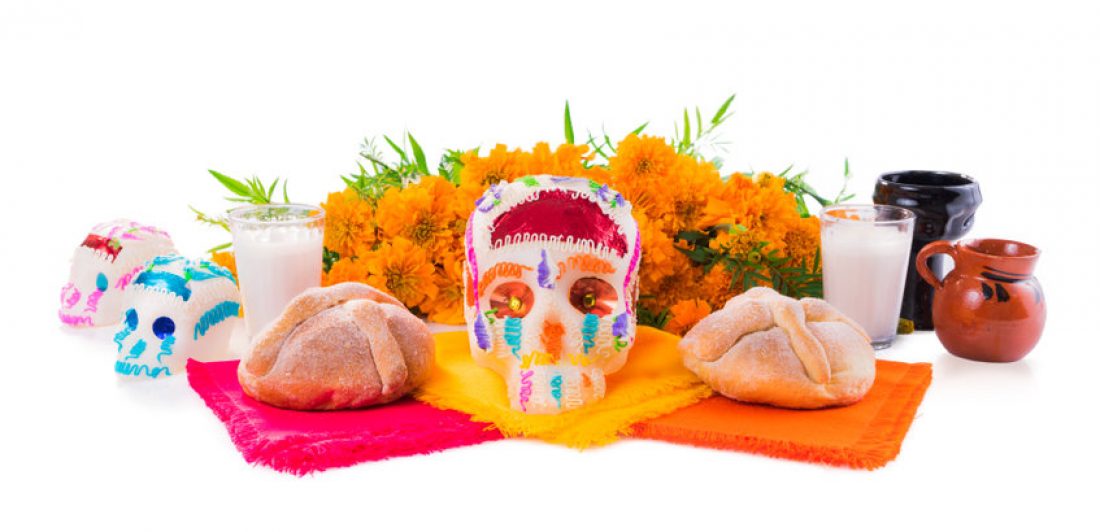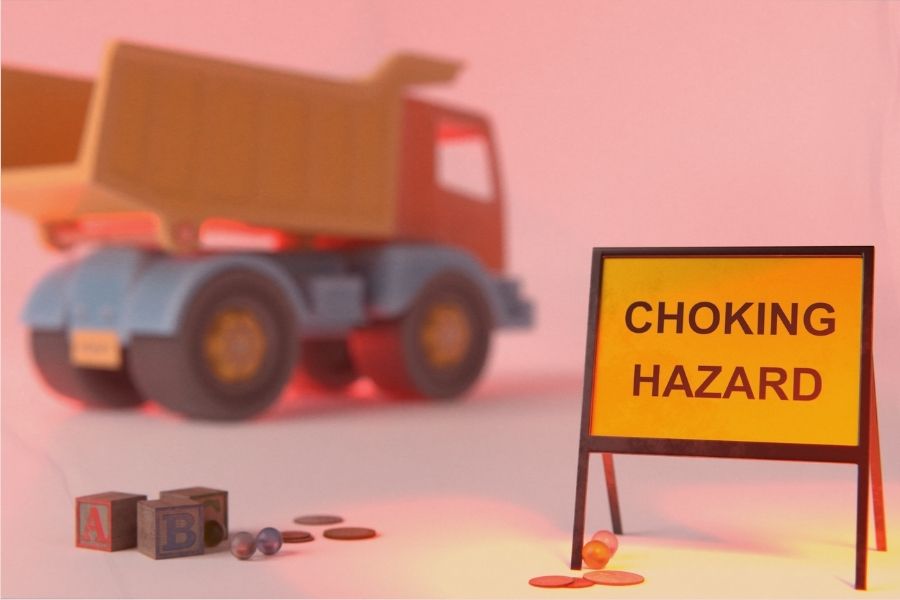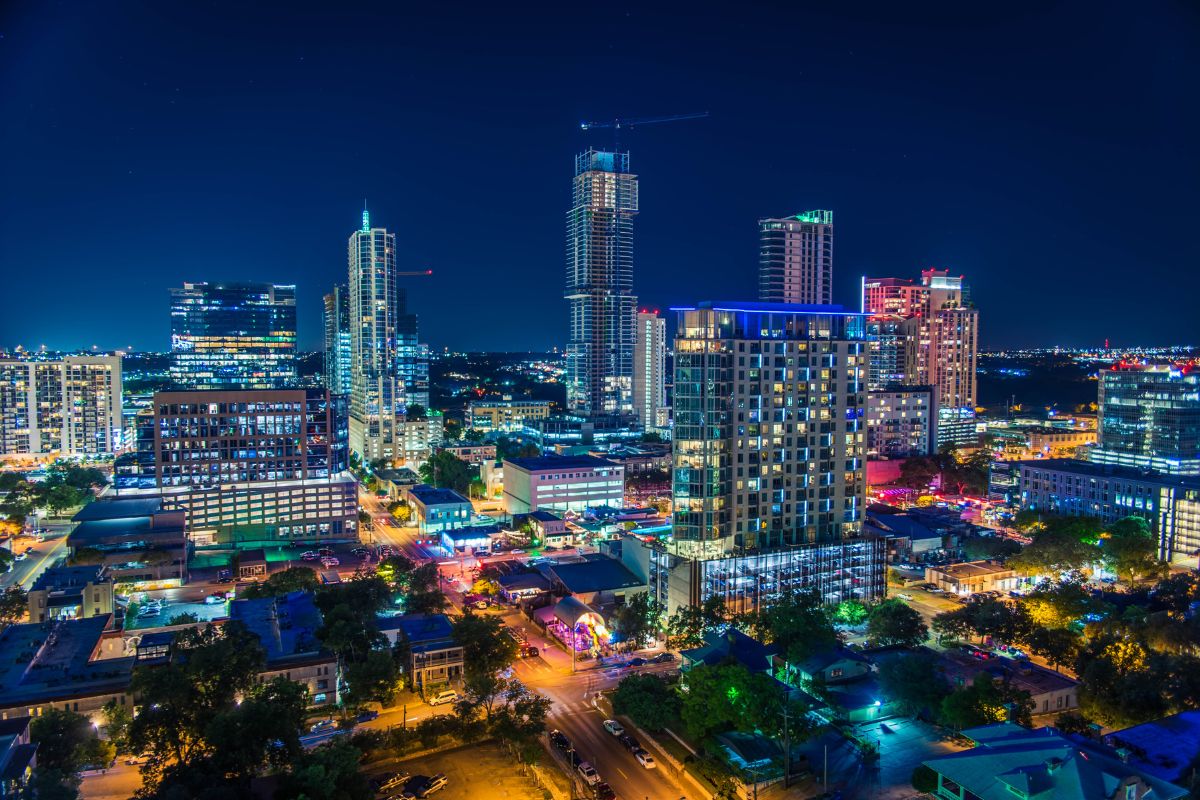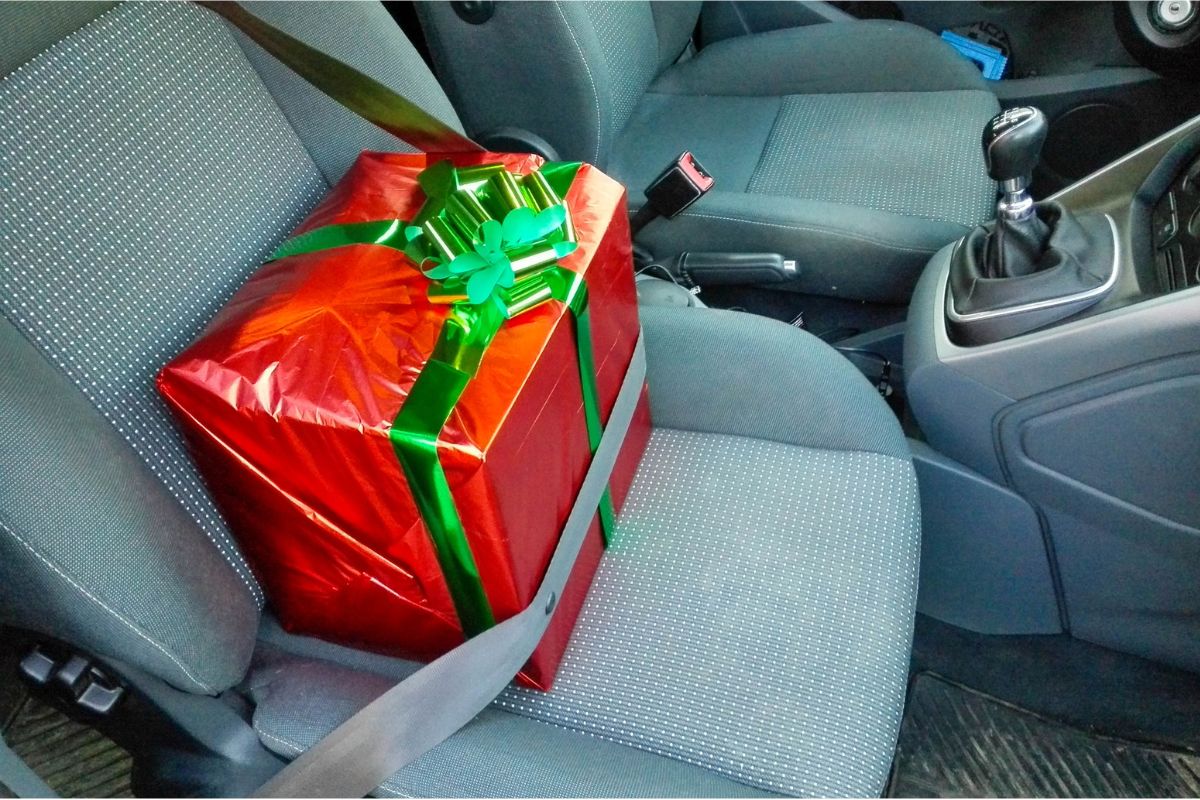November is a very special time for many Hispanics to remember, honor, and celebrate their loved ones who have passed away. A blend of Mesoamerican ritual, European religion, and Spanish culture, The Day of the Dead (otherwise known as Día de los Muertos in Mexico) dates back to the time of the Aztecs more than 3,000 years ago.
Día de los Muertos became a national holiday in Mexico in the 1960s. This tradition has been kept alive and celebrated widely in other parts of the world, including those of Mexican Heritage in the United States.
What is the Día de los Muertos?
Although many believe that the Day of the Dead is a Mexican version of Halloween, there is no association between the two holidays. The Day of the Dead is anything but terrifying. Rather, it's a celebration of the positive memory of loved ones who are no longer with us.
The Aztecs and other Nahua people living in what is now central Mexico held a cyclical view of the universe. They saw death as an integral, ever-present part of life. The belief is that every year, on November 1, the souls of children (angels) descend from heaven and reunite with their families; on November 2, the souls of adults will do the same. During this time, it is believed that happy spirits, the souls of the dead, awaken and return to the living world to feast, dance, drink, and play music with their loved ones.
Upon dying, a person was believed to travel to Chicnauhmictlán, the Land of the Dead. Only after getting through nine challenging levels, a journey of several years, could the person finally reach Mictlán, the final resting place. In Nahua rituals honoring the dead, which is traditionally held in August, family members provide food, water, and tools to aid the deceased in their difficult journey. This tradition inspired the contemporary Day of the Dead practice in which family members leave food and other offerings on their loved ones’ graves or on the makeshift altars called ofrendas in their homes.
Celebrating Día de los Muertos
To welcome the spirits to the realm of life, family members decorate altars in their homes with the offering to keep the memories of their loved ones alive. The offering consists of four elements, water, wind, earth, and fire to guide the spirit of the deceased to the altar.
- Water is put on the altar to quench thirst and to cleanse the spirit.
- The confetti decorates the altar with color and represents the wind.
- Food, especially the bread of the dead, represents the earth. Pan de Muerto is a sweet bread made in the weeks before the Day of the Dead. Its round shape symbolizes the circle of life.
- Candles represent fire so that spirits can find their way. Copál is also placed on the altar. This resin-made incense attracts the spirits and purify their souls.
One of the most-used symbols of Day of the Dead is Calavera Catrina. Mexican cartoonist José Guadalupe Posada created a drawing of this Aztec goddess who was in charge of the bones and honored the dead. Calacas are typically painted in bright colors, indicating a happy afterlife. Sugar Calaveritas are a reminder of the cyclicity of life and can be placed on the altar or gifted.
Traditionally, families will spend November 2 in the cemetery, hoping to reconnect with loved ones they have lost. Family members will clean and decorate the grave of their loved ones while visiting the cemetery. The families usually decorate tombs with cempasúchil, the flower of the dead that has great symbolic value in Mexico. It is also common to have picnics in the grave with the family while listening to music and remembering the deceased. Visiting graves in the United States is not so common because many first-generation Mexican-Americans have their bodies sent back to Mexico for burial.
Stay Safe While You Celebrate Día de los Muertos
The Day of the Dead is a very special day to feel peace whille remembering your loved ones and celebrating who they were. You don't want such a special day to have bad memories. As with any other celebration, there are potential dangers that we can tend to forget. When celebrating, it is important to consider the following.
Drinking and Driving is Deadly
Never get behind the wheel after drinking alcoholic beverages. As with any other celebration, alcoholic drinks may be available. Although we have all heard of the deadly risks associated with drinking and driving, some will still make the terrible decision of getting behind the wheel after drinking alcohol.
Drunk driving not only puts the intoxicated person at risk, but also other people who share the road. When driving home after festivals or from the cemetery, stay vigilant. There are signs to keep in mind to detect a drunk driver that includes:
- Weaving in and out of the lanes.
- Driving too fast or too slow.
- Giving inconsistent signaling.
Large Crowds are Targets of Human Trafficking
We hear it in the news too often. People abducted for trafficking purposes. Large crowds make it easy for children and even adults to lose the people they are with. It is essential that you stay with your group if you are going to attend a festival with large crowds. Human traffickers often attack events with large crowds, as they can easily pick up children in noisy, crowded areas.
Crosswalk Safety
Large crowds mean a lot of traffic. It is essential that both pedestrians and drivers remain alert at all times in areas close to festivals.
If you are a pedestrian:
- Only cross at designated crossings.
- Wear brightly colored clothes and reflectors. This is especially important if you will be a pedestrian after dark.
- Wait to cross the street until the next traffic stops completely.
If you are a driver:
- Do not accelerate too fast, as someone can appear on the road in an instant.
- Be sure to see if there are people waiting to cross before passing a crosswalk.
- Always make a complete stop if people try to cross.
- Some people will be negligent. Watch for people who cross the street in undesignated areas.
Carlson Cares
The Carlson Law Firm strongly advocates for the Hispanic community and all communities of color. Respectful recognition and celebration of other cultures is part of our commitment to inclusion—it's how we believe we best represent any client that comes into one of our law offices. Whether you've been hurt through negligence or need legal assistance in other ways, we're here to help.




